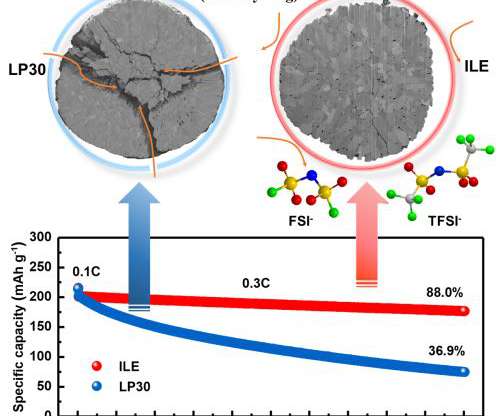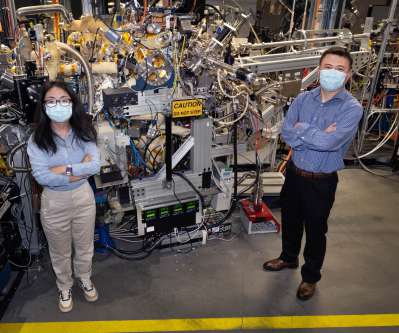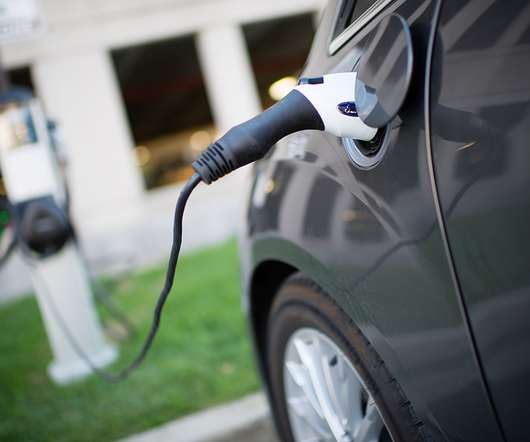HIU researchers develop extremely high energy density lithium-metal cell with good stability
Green Car Congress
AUGUST 21, 2021
The team used a a promising combination of cathode and electrolyte: the nickel-rich cathode allows a large amount of energy per mass to be stored, while the ionic liquid electrolyte ensures that the capacity is largely retained over many charging cycles. The team reports on the lithium metal battery in an open-access paper in Joule.

































Let's personalize your content